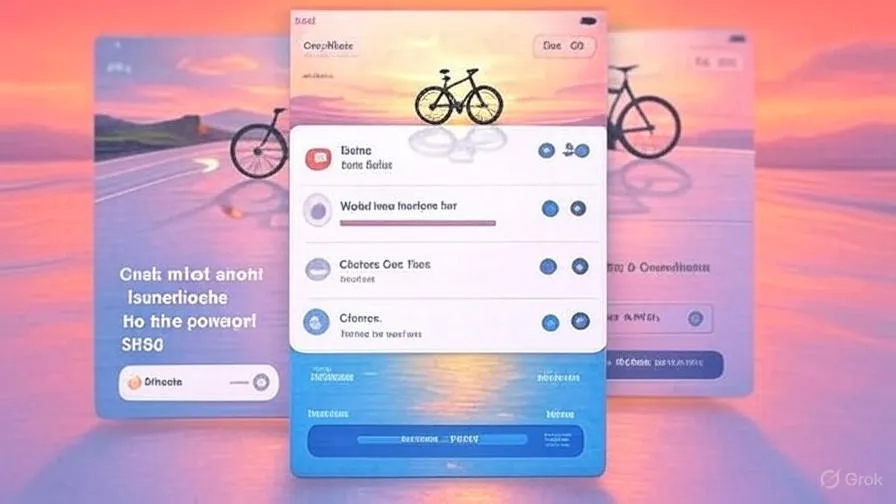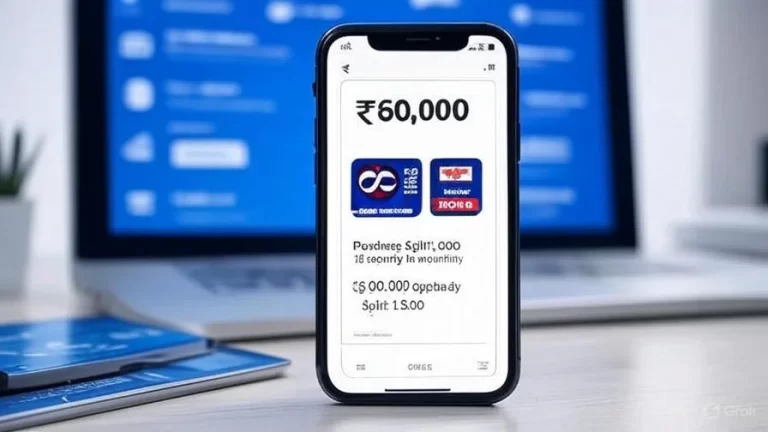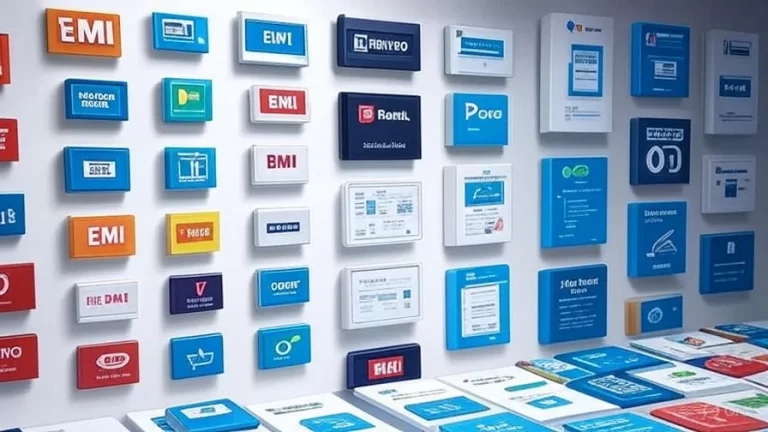EMI is Marketing Tool if? Its Role and Impact
Hey there! If you’ve ever shopped online or walked into a store, you’ve probably seen flashy ads screaming “Buy now, pay later with easy EMIs!” It’s hard to miss, right? EMI, or Equated Monthly Installment, is everywhere—especially when you’re eyeing that shiny new phone, bike, or even furniture. But is EMI just a clever marketing trick to get you to spend more, or is it a legit way to manage your finances? In this article, we’ll dive deep into EMI as a marketing tool and answer the big question: Is EMI good or bad? I’ll keep it simple, conversational, and packed with insights, like we’re chatting over a cup of tea. Let’s break it down!

What Is EMI, Anyway?
Before we get into the marketing side, let’s quickly cover the basics. EMI is a fixed monthly payment you make to repay a loan or a purchase over a set period. It includes both the principal amount and the interest, making big-ticket items—like a ₹50,000 smartphone or a ₹2,00,000 bike—affordable by spreading the cost. Sounds great, right? But here’s where it gets interesting: retailers and banks use EMI to make you feel like you’re getting a steal, even when there’s more to the story.
EMI as a Marketing Tool: How It Hooks You
Let’s be real—EMI is a powerful marketing strategy, and businesses know it. Here’s how it works its magic:
- Makes Big Purchases Feel Small: A ₹1,00,000 TV sounds scary, but ₹4,000 a month? That’s just a few restaurant meals! EMI breaks down the price into bite-sized chunks, making you think, “I can totally afford this.”
- Creates Urgency: Ever seen “Limited-time EMI offer” or “Zero-cost EMI till Diwali”? These deals push you to buy now before the offer “expires.” It’s a classic trick to drive sales.
- Taps Into Aspirations: Brands use EMI to target your dreams—whether it’s owning the latest iPhone or a sleek bike. They position EMI as your ticket to living that lifestyle without waiting.
- Boosts Sales for Retailers: Data from a 2024 report by Statista shows that EMI schemes increase e-commerce sales by 15-20% in India. Platforms like Amazon and Flipkart heavily promote EMI to move high-value products.
- Partners with Banks: Retailers team up with banks or NBFCs (like Bajaj Finserv) to offer attractive EMI plans, sometimes with zero down payment or low interest. It feels like a win-win, but there’s always a catch (more on that later).
So, yeah, EMI is a marketing tool, and a darn good one. It lowers the mental barrier to buying, making you feel like you’re in control of your budget. But is it all roses, or are there thorns?
Is EMI Good or Bad? Let’s Weigh Both Sides
Now, let’s tackle the big question: Is EMI good or bad? Like most things in life, it’s not black-and-white—it depends on how you use it. Let’s break it down with pros and cons.
The Good: Why EMI Can Be Awesome
- Affordability: EMI lets you buy things you need (or really want) without draining your savings. For example, a ₹30,000 laptop on a 12-month EMI is just ₹2,500 a month—doable for many.
- Financial Planning: Fixed monthly payments make budgeting easier. You know exactly what’s due each month, so no surprises.
- Access to Quality: EMI can help you afford better products (like a fuel-efficient bike or a durable appliance) that save money in the long run.
- Credit Score Boost: Paying EMIs on time can improve your credit score, which is great for future loans. A 2023 CIBIL report says consistent EMI payments can raise your score by 50-70 points over a year.
The Bad: The Hidden Traps of EMI
- Interest Costs: “Zero-cost EMI” sounds amazing, but many plans still sneak in processing fees or hidden charges. A ₹1,00,000 purchase at 12% interest over 24 months could add ₹12,000-₹15,000 in interest.
- Overspending Risk: EMI makes spending feel easy, so you might end up with multiple EMIs—phone, bike, TV—and struggle to keep up. Over 30% of EMI users in India juggle 2+ loans, per a 2024 RBI study.
- Debt Trap: Missing payments can lead to hefty penalties (₹500-₹1,000 per missed EMI) and damage your credit score.
- Marketing Gimmicks: Some “zero-cost” EMIs aren’t truly zero-cost. Retailers may inflate the product price to cover interest, so you’re not saving as much as you think.
Here’s a quick table to sum it up:
| Aspect | Pros | Cons |
|---|---|---|
| Affordability | Breaks cost into small payments | May include hidden fees |
| Budgeting | Predictable monthly expenses | Risk of multiple EMIs piling up |
| Credit Impact | Boosts score if paid on time | Missed payments hurt score |
| Marketing Appeal | Feels like a deal | Can trick you into overspending |
Tips to Use EMI Wisely
EMI can be a fantastic tool if you play it smart. Here’s how to avoid the traps:
- Read the Fine Print: Check for processing fees, interest rates, or prepayment penalties. For example, SBI credit card EMIs often have a 1-2% processing fee.
- Budget First: Ensure your total EMI payments don’t exceed 30-40% of your monthly income. Use an EMI calculator (like on emicalculator.net) to plan.
- Compare Offers: Don’t jump at the first EMI deal. Compare interest rates across banks or platforms like Amazon vs. Flipkart.
- Pay Early if Possible: Prepaying your loan can save on interest. For instance, clearing a ₹50,000 loan 6 months early at 10% interest could save ₹2,000-₹3,000.
- Track Payments: Use your lender’s app or site to monitor EMI status and avoid missed payments.
Final Thoughts: EMI Is What You Make of It
So, is EMI a marketing tool? Absolutely—it’s designed to make you spend by making big purchases feel small. But is EMI good or bad? It’s both, depending on how you use it. EMI can be a lifesaver for planned purchases, like a bike for daily commutes or a fridge for your home. But if you’re not careful, it can lure you into a cycle of debt with shiny offers.
My advice? Treat EMI like a tool, not a lifestyle. Stick to one or two EMIs at a time, always check the math, and prioritize timely payments. Got a question about EMI or need help picking the right plan? Drop a comment below—I’m all ears! Let’s keep your finances as smooth as a Sunday morning drive.
(Word count: 798)






